Neuromorphic Emulation
What if machines could truly see?
Not just recognize visual patterns through statistical
correlations, but perceive the world with the elegance
and efficiency as the human mind.
An achievement long considered the
"Holy Grail of Computer Vision."
Imagine a fully fledged real-time computer
simulation of a visual cortex:
A computer program capable of interpreting images
exactly as human do, while mirroring the efficiency,
computational density, versatility and adaptability
of organic visual cortices.
This is not imitation; It is functional convergence.
Extremely low power consumption under 20 watts,
little to no cooling required, rapid generalization,
object constancy, learning, and recognition on par
with human perception and understanding, all without
any training data, whatsoever.
There are a plethora of different visual cortices found
in various animals. This is one that is constructed
artificially, existing as a computer simulation.
This software is an algorithm, but each component
could be expressed as a self-referential network of
physical connections, allowing for the conversion of
this software from an algorithm to an emulation of
organic intelligence; A digital twin.





N
E
U
R
A
L
E
M
U
L
A
T
I
O
N
S
C
O
R
P
.
Pat. S/N - 63/674,942
Initializing Emulator
Version: 1.37.α
Revision: 43.6y
Loading save file
Orientation-cell concatenation
Mem-network partitions
Dynamic cell-networks
Static cell-networks
Rasterizing receptive fields
Temporal frequency
Spatial-temporal integration
Image sensor to Poisson disk
Compiling shaders…
↳ Varying variable interpolation
↳ Geometry Shader
↳ Fragment shader
↳ Action potential emissive
Loading LOD engine…
Finalizing…
Heads Up!
You’ll have a better viewing experience on desktop, or laptop.
Some features may not display correctly on smaller screens.